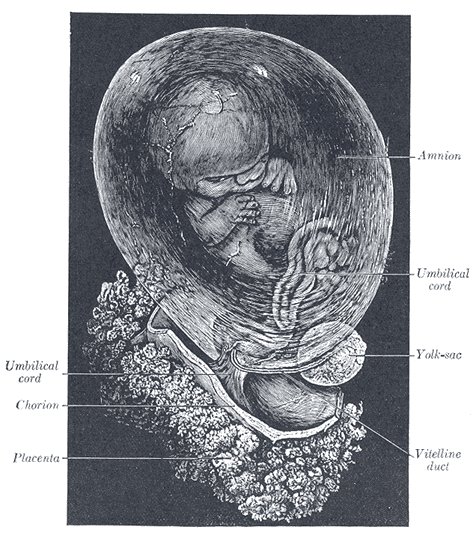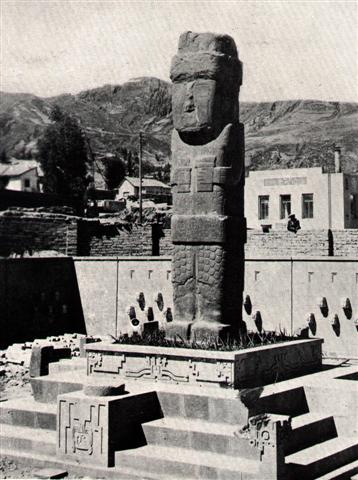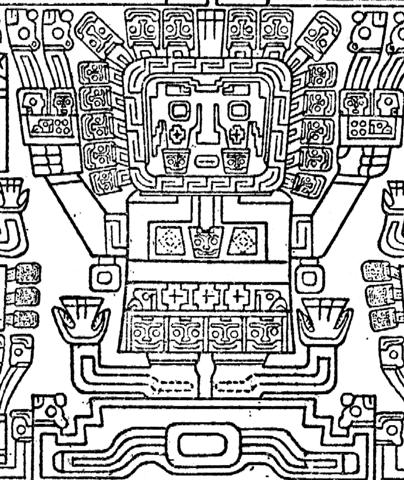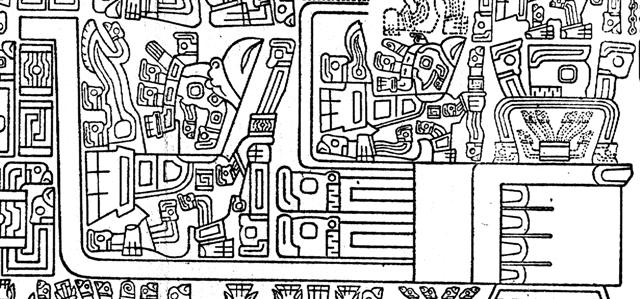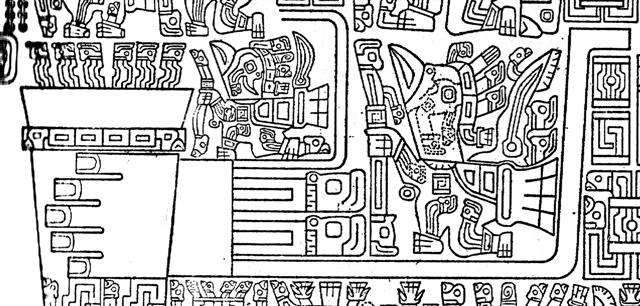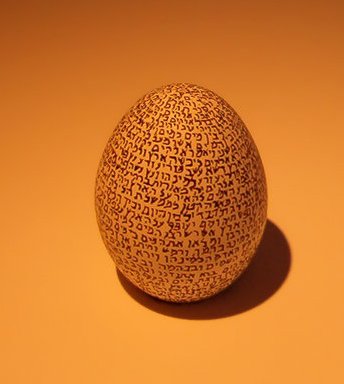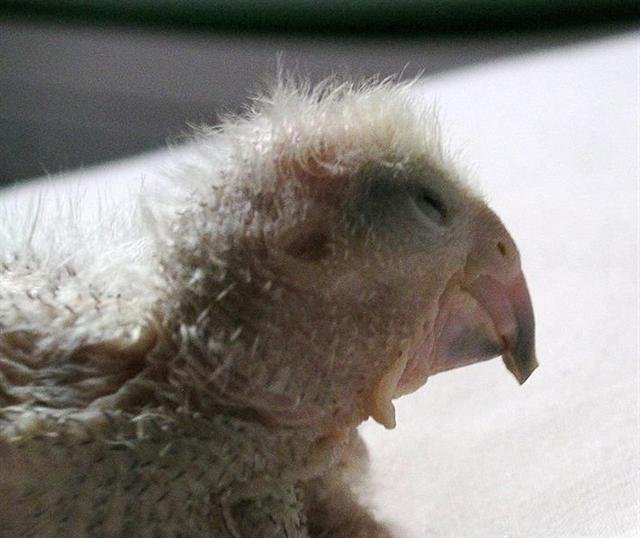We seem to have forgotten: ... Most ingenious Thoth, said the god and king Thamus, one man has the ability to beget arts, but the ability to judge of their usefulness or harmfulness to their users belongs to another; and now you, who are the father of letters, have been led by your affection to ascribe to them a power the opposite of that which they really possess. For this invention will produce forgetfulness in the minds of those who learn to use it, because they will not practise their memory. Their trust in writing, produced by external characters which are no part of themselves, will discourage the use of their own memory within them. You have invented an elixir not of memory, but of reminding; and you offer your pupils the appearance of wisdom, not true wisdom, for they will read many things without instruction and will therefore seem to know many things, when they are for the most part ignorant and hard to get along with, since they are not wise, but only appear wise ... Before the invention of the alphabet every precious detail was kept as if eternally in the minds of the people, securely remembered by the masters of storytelling. There was a common sense. If there were 5 periods of time (hours) to be counted from midnight in order to reach the dawn (all of them ruled by the star king Oto Uta), then this structural model could have been inherited from a previous use for describing the difference between 365 and 360 - i.e. the 5 days necessary before a new Sun year could be 'born':
... Nut, whom the Greeks sometimes identified with Rhea, was goddess of the sky, but it was debatable if in historical times she was the object of a genuine cult. She was Geb's twin sister and, it was said, married him secretly and against the will of Ra. Angered, Ra had the couple brutally separated by Shu and afterwards decreed that Nut could not bear a child in any given month of any year. Thoth, Plutarch tells us, happily had pity on her. Playing draughts with the Moon, he won in the course of several games a seventy-second part of the Moon's light with which he composed five new days. As these five intercalated days did not belong to the official Egyptian calendar of three hundred and sixty days, Nut was thus able to give birth successively to five children: Osiris, Haroeris (Horus), Set, Isis and Nepthys ...
The beginning of the art of counting was probably to let the fingers on one hand correspond to what should be counted: ... The practice of turning down the fingers, contrary to our practice, deserves notice, as perhaps explaining why sometimes savages are reported to be unable to count above four. The European holds up one finger, which he counts, the native counts those that are down and says 'four'. Two fingers held up, the native counting those that are down, calls 'three'; and so on until the white man, holding up five fingers, gives the native none turned down to count. The native is nunplussed, and the enquirer reports that savages can not count above four ... Thus, for the Polynesians five fingers exhibited straightened out were used in order to show no-thing (0). However, in the idiom of rongorongo the norm was evidently to use only 3 - similar to the Hawaiian number of divisions for the day: ... We are told that the Hawaiian day was divided into three general parts, 1, breaking the shadows, 2, the plain, full day, 3, the decline of the day ... Or as depicted in the hands of the South American Sun god, as written in stone for everyone to see on the back side of the Pachamama (World Mother) statue in Bolivia:
This was in contrast to some of the famous stone statues (moai) who had 10 fingers resting on their fat bellies - they were people belonging down on earth and not birds up in the sky:
Likewise had Pachamama herself 5 fingers on each of her hands (which she held in front of her):
In Mayan Uxmal the sky was counted as 13, the earth as 7, and the underworld as 9 (possibly 4 + 5 according to the hands of Pachamama):
... An iconographic study by Jeff Kowalski suggests a cosmological layout for the Nunnery. The higher placement of the North Building, with its 13 exterior doorways (reflecting the 13 layers of heaven), and the celestial serpents surmounting the huts identify it with the celestial sphere. The iconography of the West Building, with 7 exterior doorways (7 is the mystic number of the earth's surface), and figures of Pawahtun - the earth god as a turtle - indicate this to be the Middleworld, the place of the sun's descent into the Underworld. The East Building has mosaic elements reflecting the old war cult of Teotihuacan, where tradition had it that the sun was born; thus, this may also be Middleworld, the place of the rising sun. Finally, the South Building has 9 exterior doorways (the Underworld or Xibalba had 9 layers), and has the lowest placement in the compex; it thus seems to be associated with death and the nether regions ... 13 + 7 + 9 = 29. Number 29 indicated the dark night of the moon when a new month (Moon) was generated: ... Aue. Ah, alas. Aueue, oh. P Pau., Ta.: aue, alas. Mgv.: aue, auhe, alas. Mq.: aue, oh, alas; auhe, a sigh. Exclamation in general representing the most primordial type of speech, it seems that this may be reduced to recognizable elements. The e is throughout these languages a vocative or hailing sign, commonly postpositive in relation to the person hailed. In the examination of au we have shown that the primal first person singular designation is u. With the comparatively scanty material afforded by this vocabulary we may not attempt to define the use of a but we have no hesitation in noting that proof based on wider studies will show it to have, inter alia, a characteristic function as a word-maker. In a very high degree, then, a-u-e is represented by a common English interjection 'oh my!' in which oh = a, my = u, and e = !. What is this cry which our primitive islanders share with the animals? Look at its elements, all full-throated. First we have a, the sound of mouth open, fauces open, lungs full of air. As air expires the sound recedes in the mouth towards the palate and we find the u. Last comes the conscious finish of the utterance, the muscles begin to retract, the sound-making point is forced forward and the sound is e. If the man had but a few more cubic centimeters of lung capacity he could attain cow volumne for his cry, or interjection, since it amounts to the same thing. Churchill 2. ... When the new moon appeared women assembled and bewailed those who had died since the last one, uttering the following lament: 'Alas! O moon! Thou has returned to life, but our departed beloved ones have not. Thou has bathed in the waiora a Tane, and had thy life renewed, but there is no fount to restore life to our departed ones. Alas ... (Makemson) In the cosmic order of things it was clear that number 29 signified 0, the Egg from which a new Bird would emerge.
|
||||||||||||||||||||||||||||||||||||||||||||||||||||||||||||||||||||||||
